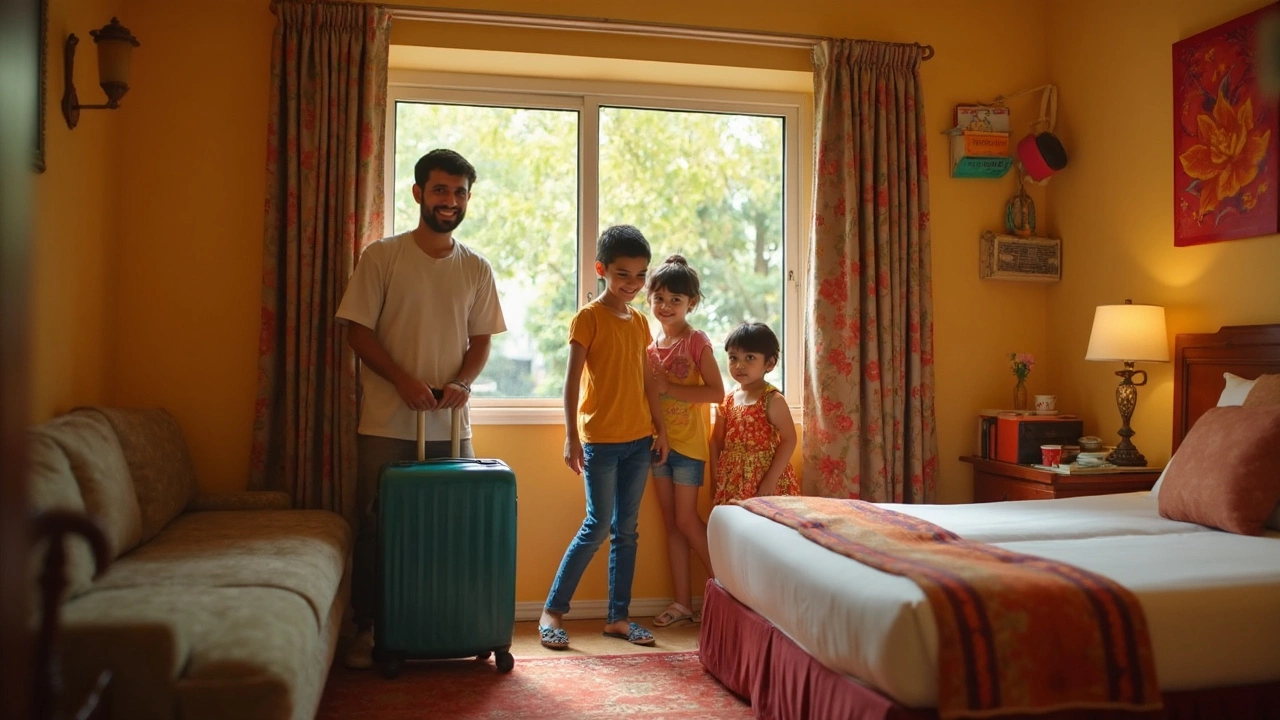SEARCH
Trip Cost Guide: Budget Your India Adventure in 2025
If you’re dreaming of exploring India but wonder how much it will actually cost, you’re not alone. Most travelers get stuck trying to guess numbers, then end up surprised at the checkout. The good news? You can predict your expenses with a few easy steps and avoid nasty surprises.
First, think of your trip as a collection of four buckets: transport, stay, food, and activities. Anything else – like visa fees, insurance, or souvenirs – fits into ‘extras’. When you break it down, the total number looks less scary and more manageable.
Break Down Your Expenses
Start with transport. For a South India trip, for example, flights from your home country to Chennai might be $600‑$800 in 2025. Domestic flights between cities average $50‑$120 each, while trains and buses can drop to $10‑$30. A quick check on a flight‑search site or the IRCTC portal gives you a solid baseline.
Next, accommodation. Budget hostels run around $10‑$15 per night, mid‑range hotels $30‑$50, and luxury resorts $100+. If you plan a 7‑day stay, multiply your nightly rate by seven and add a 10% buffer for taxes or unexpected upgrades.
Food is where many people overspend. Street food and local eateries cost $2‑$5 per meal, while restaurant meals can be $10‑$20. A simple rule: allocate $15‑$20 per day if you mix street eats with occasional sit‑down meals.
Activities vary wildly. A Taj Mahal entry ticket is about $15, while a guided trek in the Western Ghats might cost $50‑$100. List the must‑see spots, look up official fees, and add a small margin for tips or guide charges.
Smart Tips to Keep Costs Low
Book transport early. Airfare prices rise sharply 2‑3 weeks before departure, so lock in tickets as soon as your dates are firm. For trains, use the Tatkal scheme if you miss the regular quota, but plan ahead to avoid last‑minute price hikes.
Travel off‑season. Visiting Rajasthan in February or Kerala in June can shave 20‑30% off accommodation and flight costs while still offering decent weather.
Use local payment apps like Paytm or Google Pay. They often have cash‑back offers on hotels and rides, reducing the overall spend.
Stay in family‑run guesthouses or homestays. You get authentic vibes plus a kitchen to cook a few meals, cutting food costs dramatically.
Finally, track your spend in real time. A simple spreadsheet or budgeting app lets you see if you’re staying within the daily limit. If you overspend in one bucket, you can adjust elsewhere.
Putting it all together, a 10‑day South India itinerary in 2025 might look like this:
- International flight: $700
- Domestic travel (flights + trains): $150
- Accommodation (mid‑range, $40/night): $400
- Food ($20/day): $200
- Activities and entry fees: $150
- Extras (visa, insurance, souvenirs): $150
Total roughly $1,750. Adjust the numbers up or down based on your comfort level, and you have a realistic trip cost you can plan around.
Remember, the goal isn’t to spend the least—it's to spend wisely so you can enjoy every moment without watching the bank balance. Use these steps, tweak them for your own route, and you’ll travel across India with confidence and a full wallet.

How Much Should a Weekend Getaway Cost? A Realistic Look at Your Budget
Ever wondered how much you should spend on a quick escape? This article breaks down the real numbers behind a weekend getaway, covering typical expenses for accommodation, transport, and fun. Get clear tips to keep costs in check without missing out. Whether you're solo, with friends, or bringing the kids, these insights help you plan smart. No luxury fluff—just honest money talk and practical advice.
Continue reading